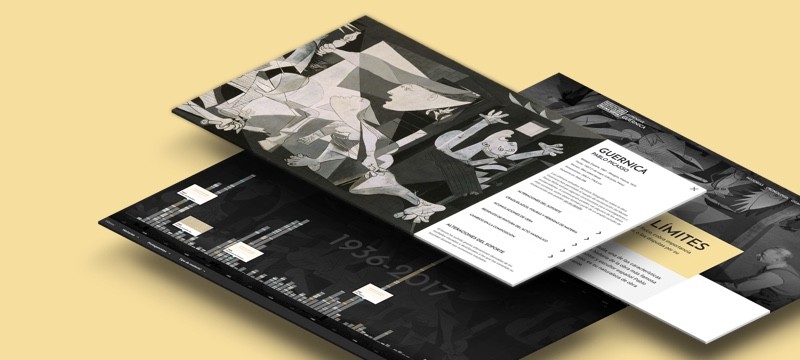Rethinking Guernica
On 26 April 1937, at the height of the Spanish Civil War, the Basque city of Gernika was bombed by the German and Italian armies as a show of support for the nationalist forces fighting against the government of the Second Republic. This event inspired Pablo Picasso to paint Guernica.
At the beginning of the same year, Picasso received a commission from the legitimate government of the Republic: to produce a large-scale painting for the Spanish Pavilion at the Paris World’s Fair scheduled for that summer.
In April, just two months away from the show, and submerged in a personal and creative crisis, Picasso was struggling to produce anything for the commission. The catalyst y came with news of the attack on Gernika, and he started to work feverishly on the canvas.
In barely a month and a half, Picasso produced fifty or so drawings and sketches, and made various modifications to the huge canvas
Since it was first unveiled to the public at the Spanish Pavilion in Paris, 1937, Guernica travelled extensively around Europe and the Americas, before being sent to Spain in 1981, where it was housed in the Casón del Buen Retiro and, from 1992, in the Museo Reina Sofía.
Guernica became a political symbol, to such a degree that it appears as an emblem in any episode of violence or the vulnerability of civilians.
Transcending the specific event it was based on, Guernica is a timeless, universal symbol, vilifying the implacable and criminal destruction of war, and opening artistic debate on the representation of armed conflict.
This website presents the extensive research conducted on the artwork, a twentieth-century icon, by the Museo Reina Sofía, and comprises around 2,000 documents.












